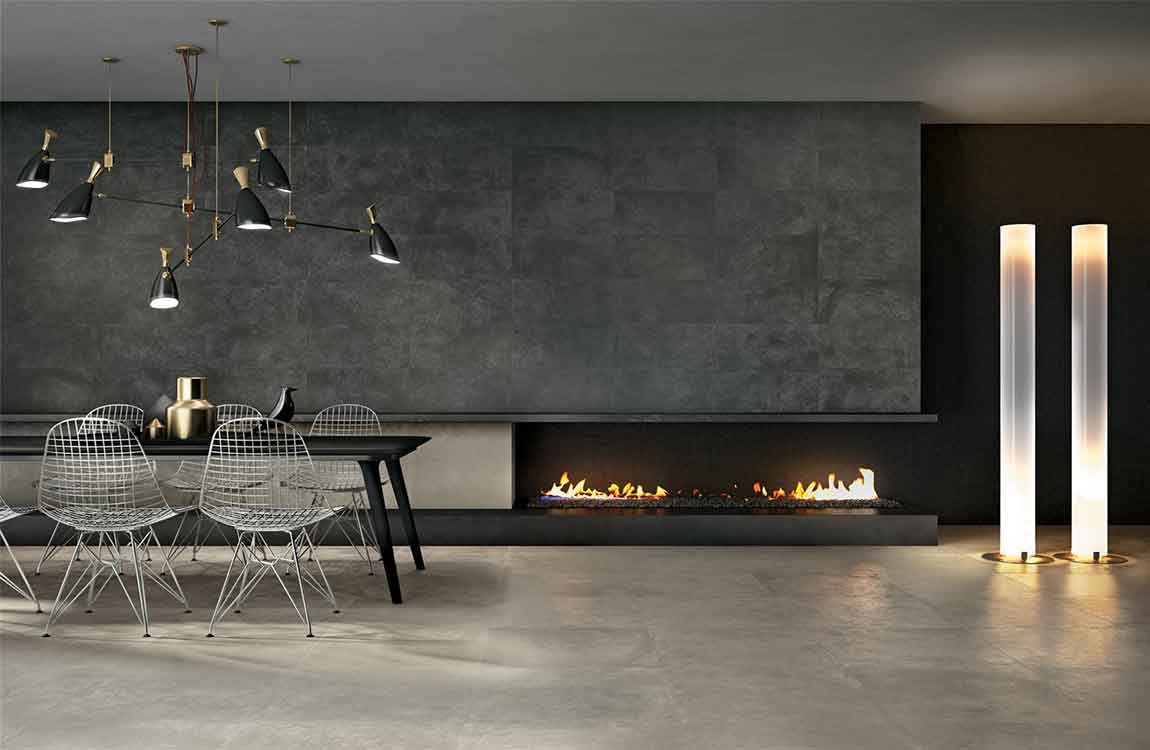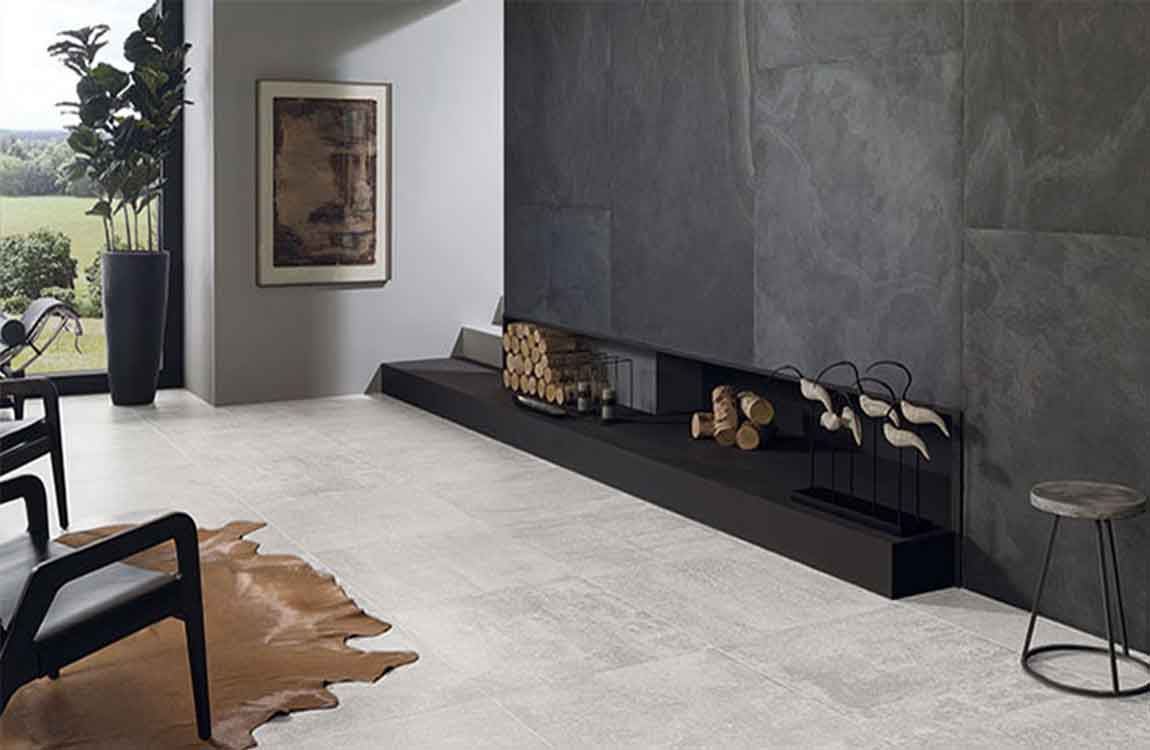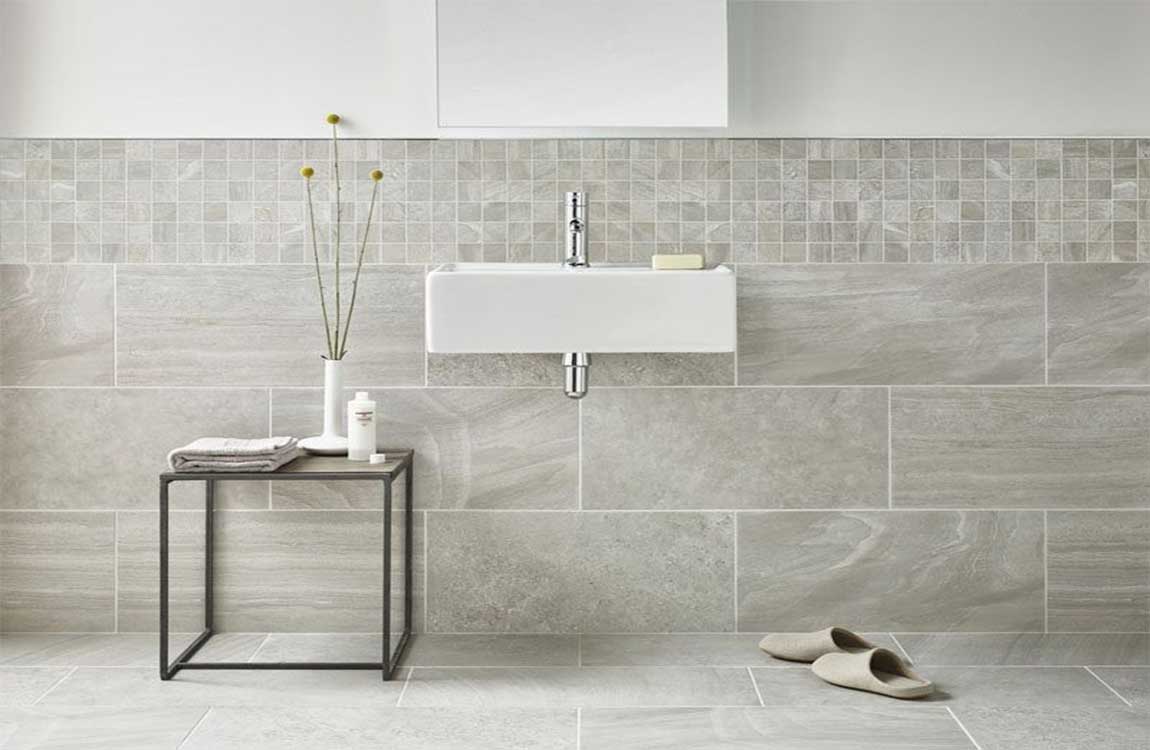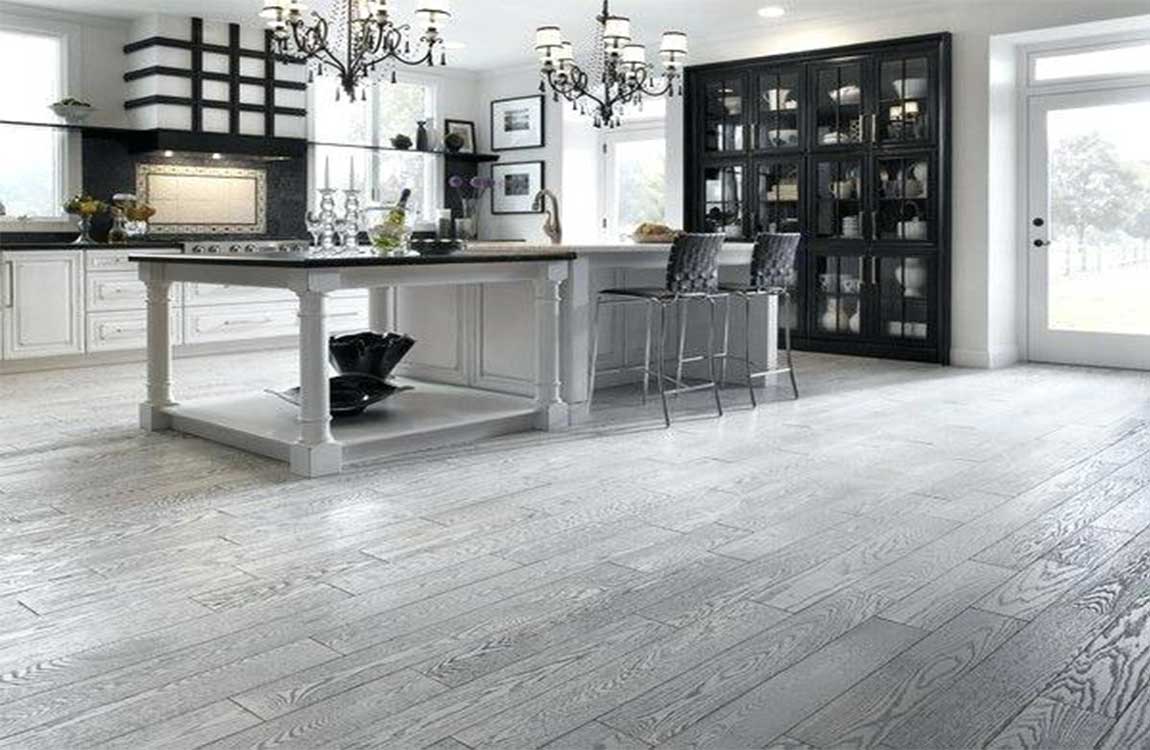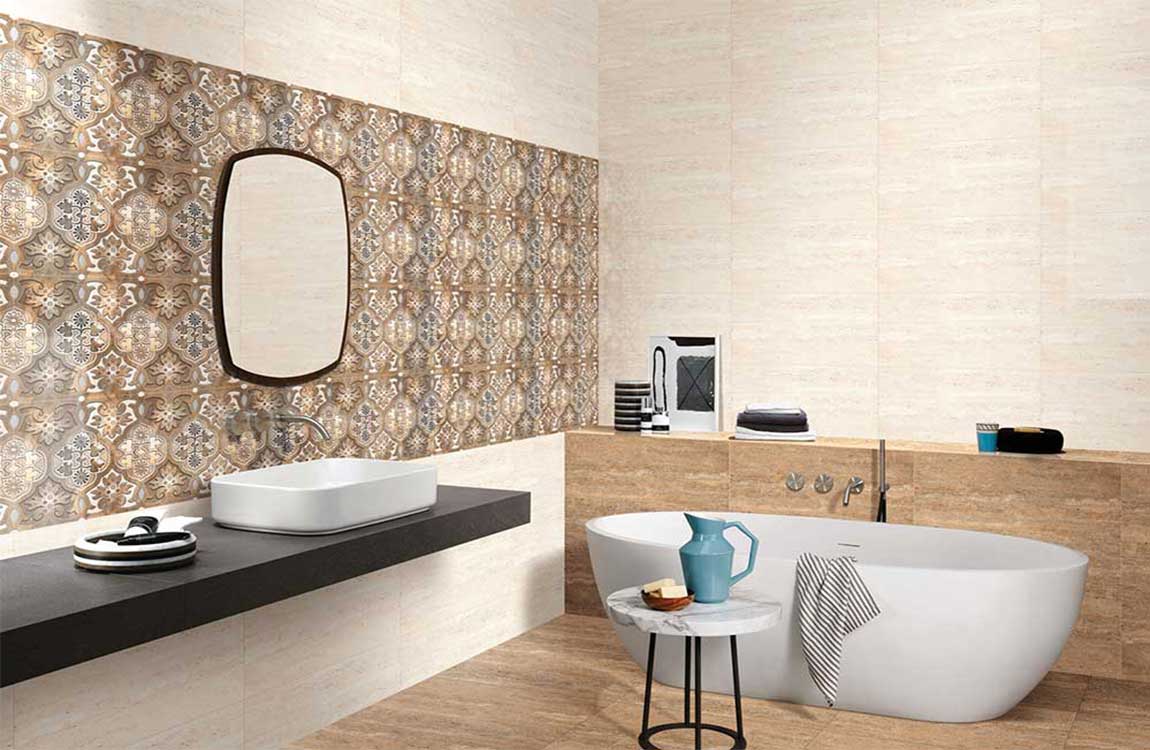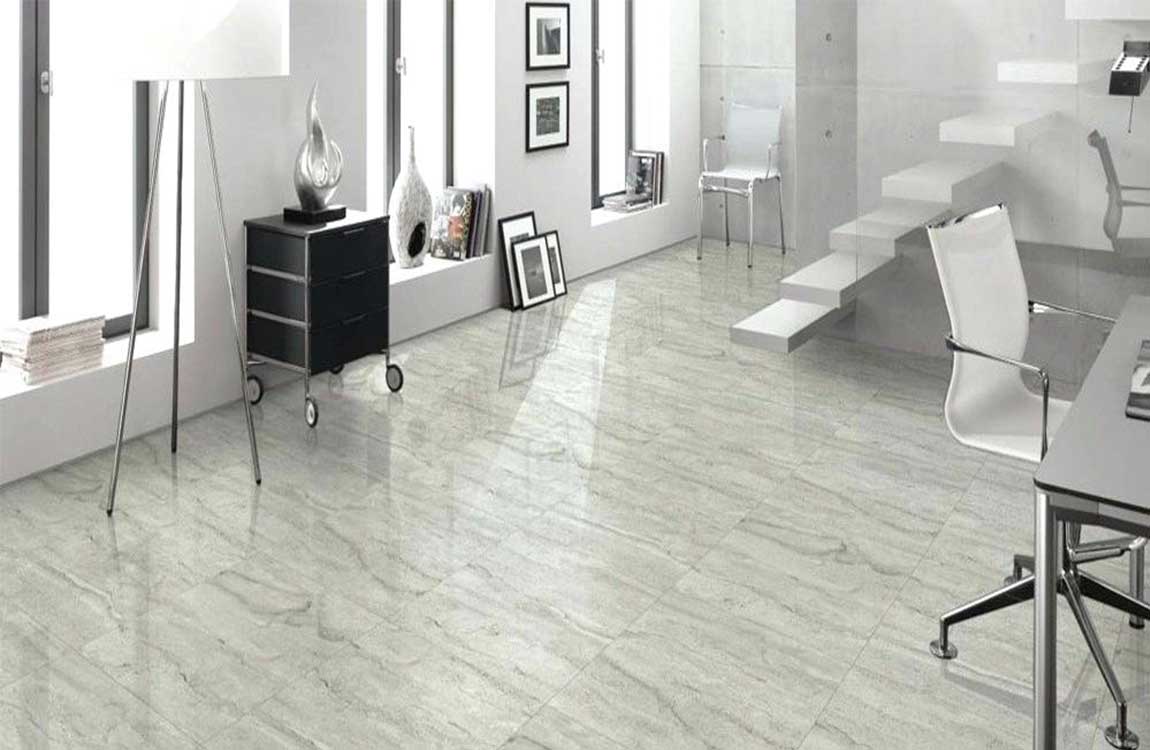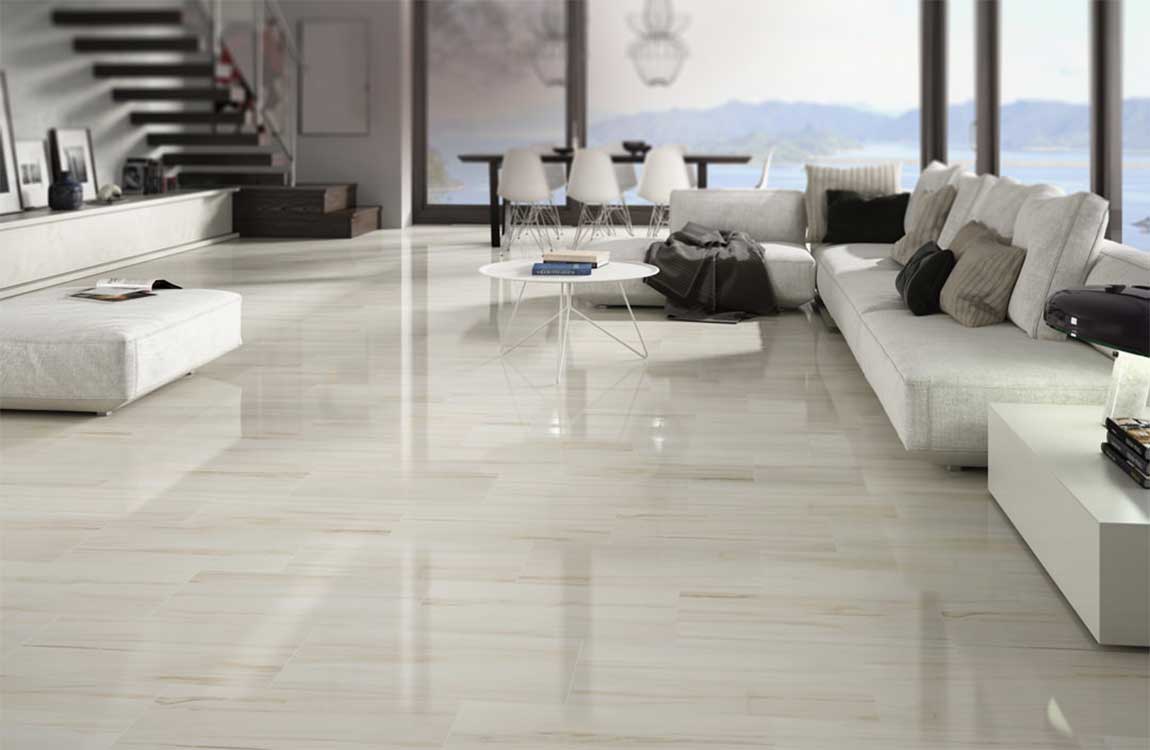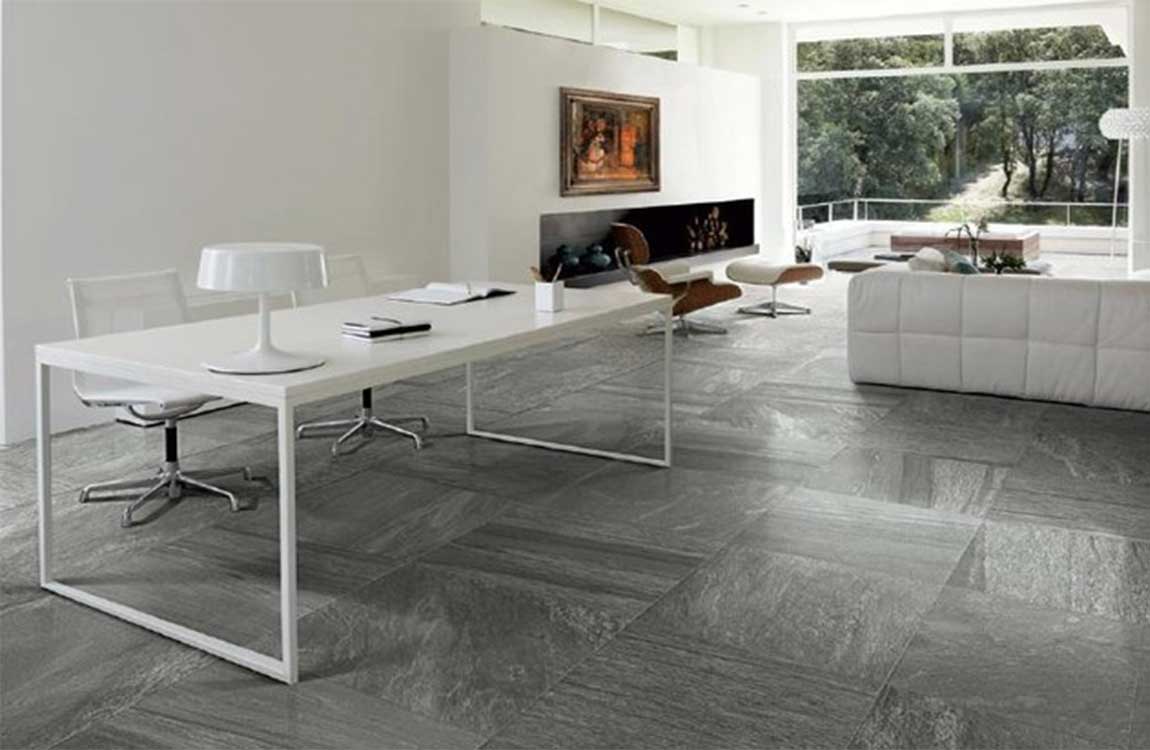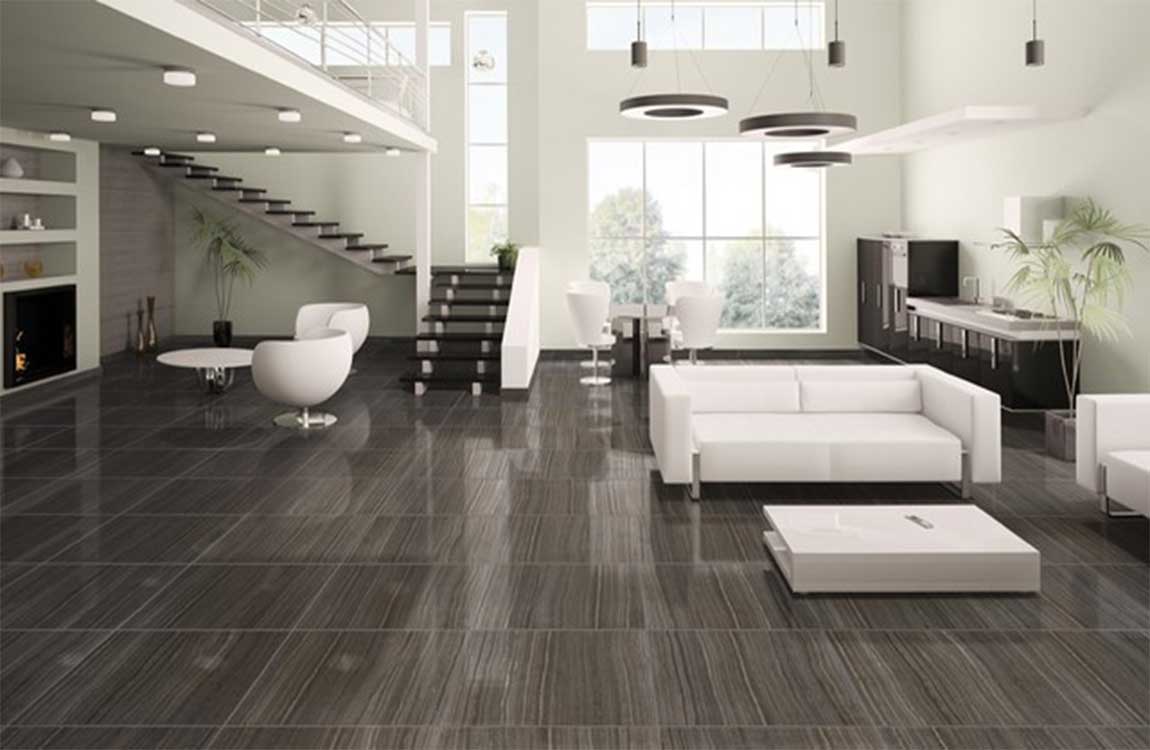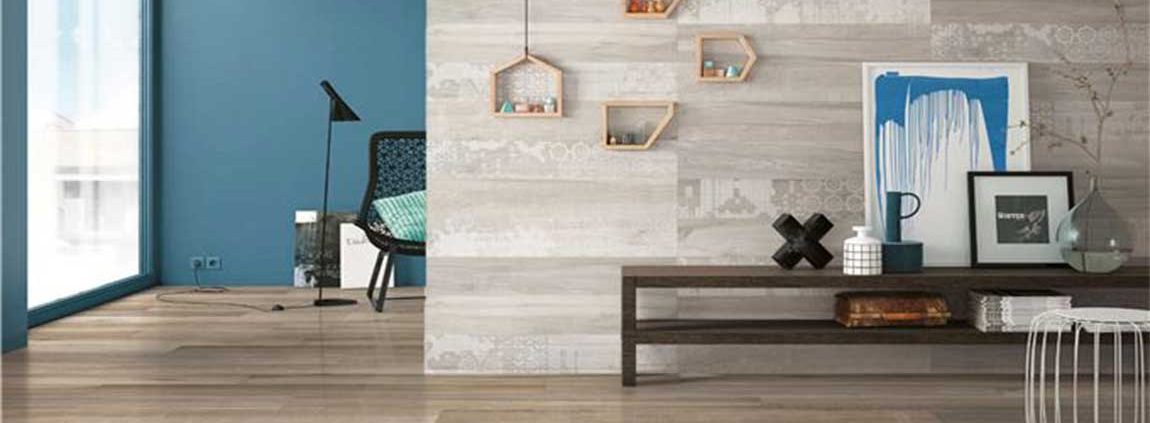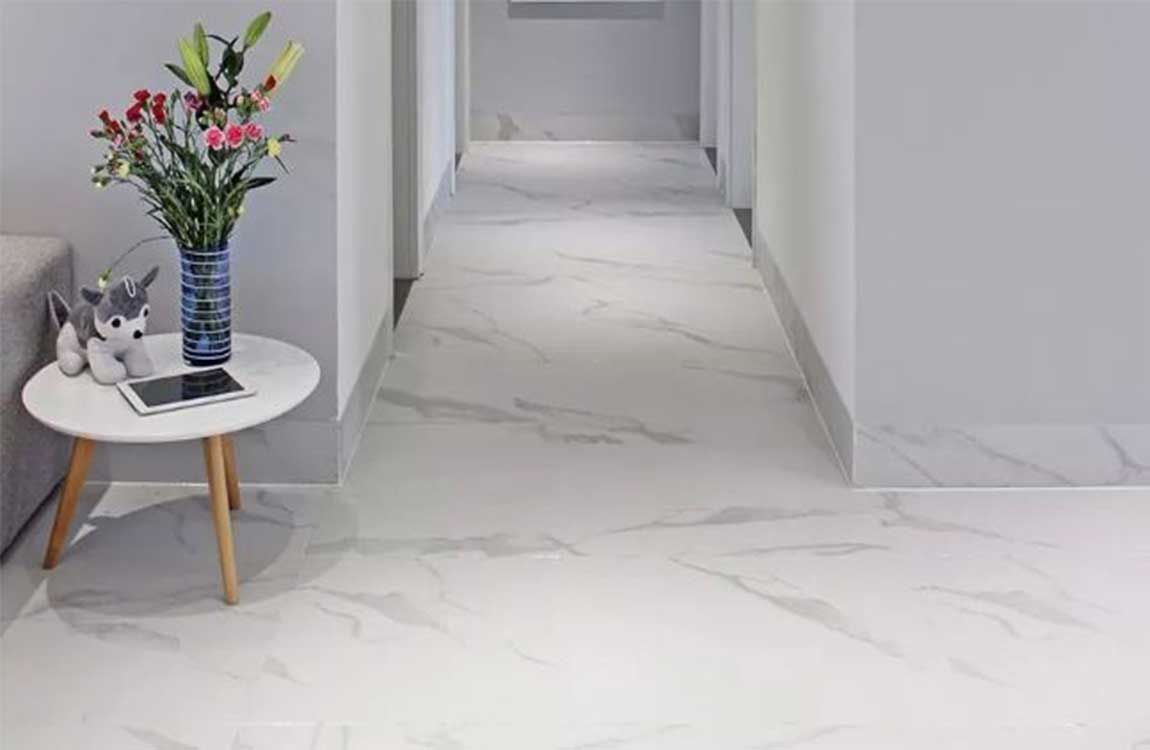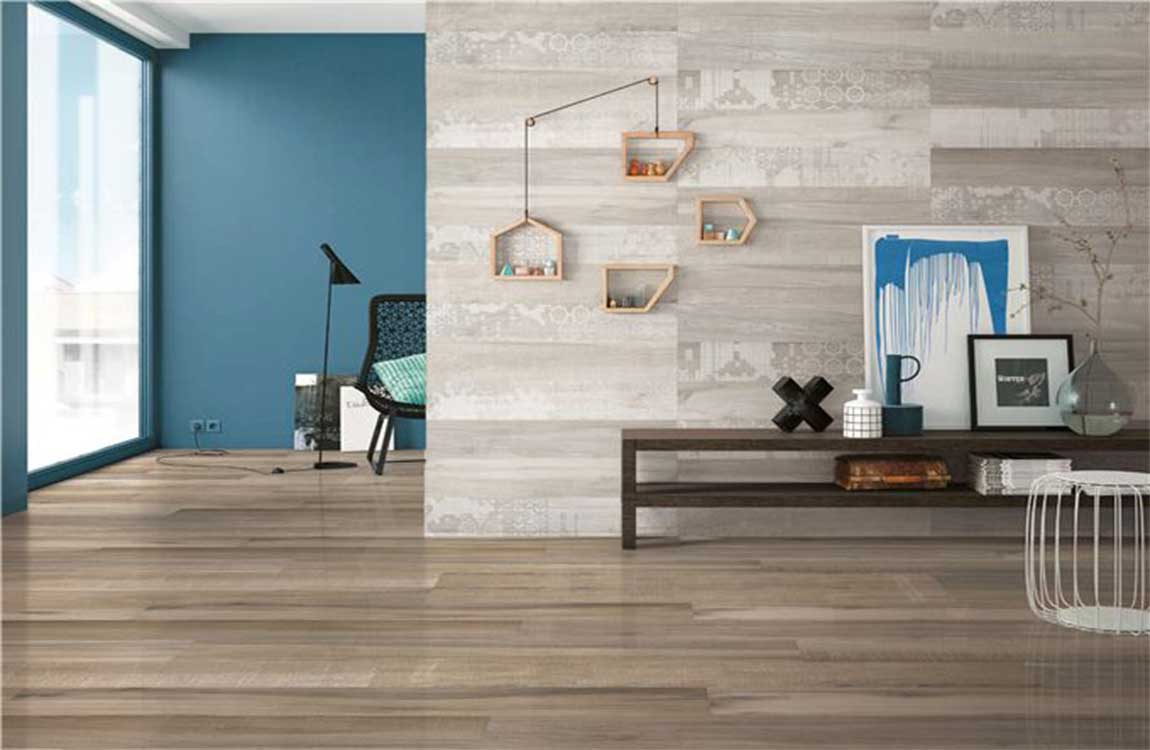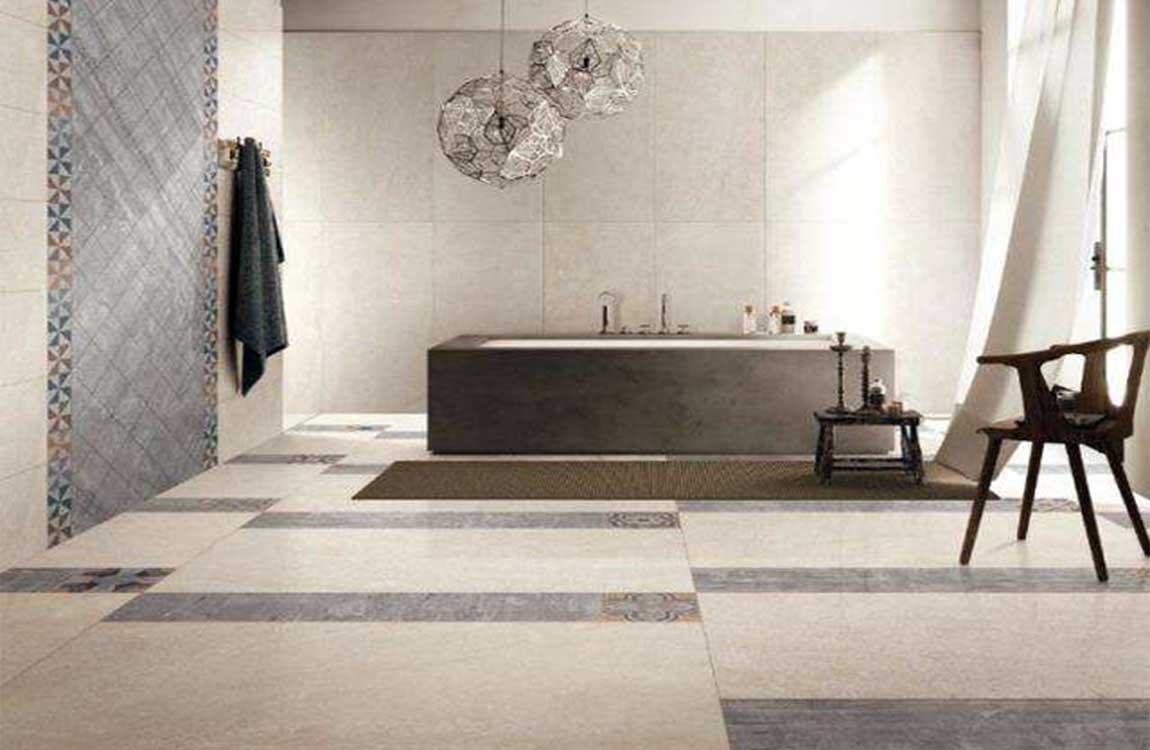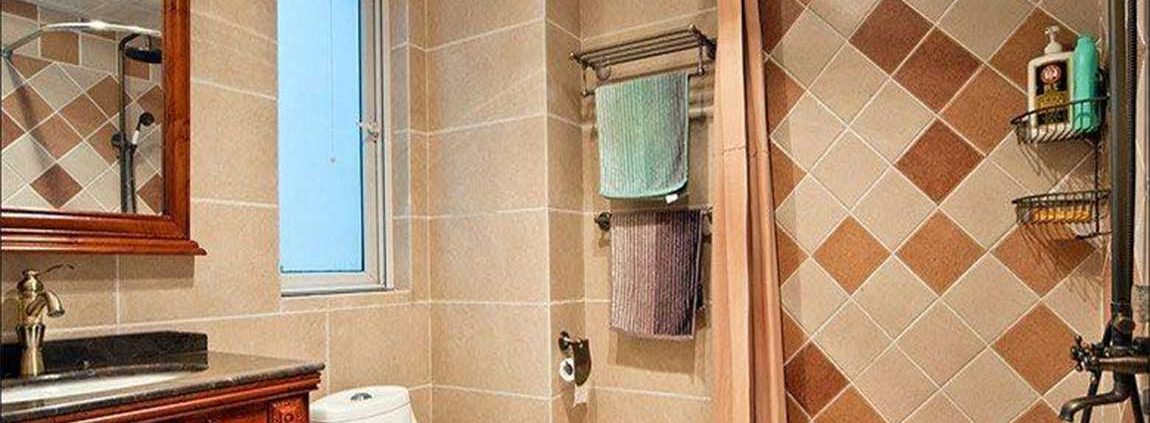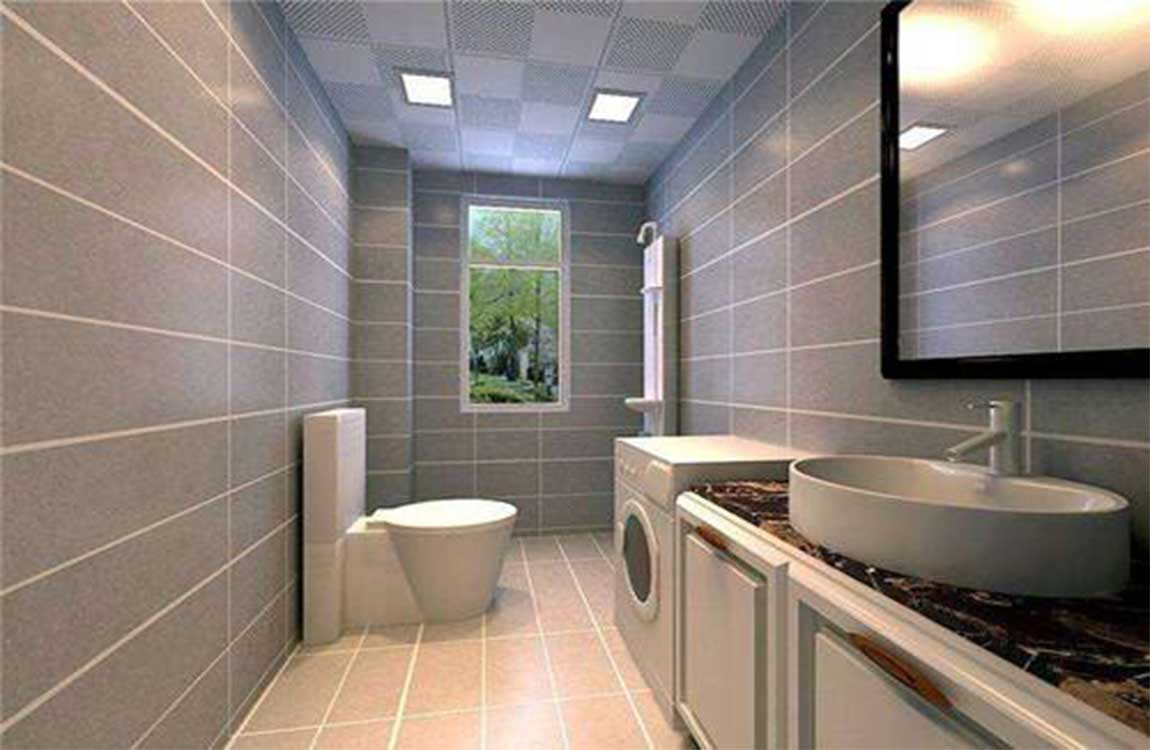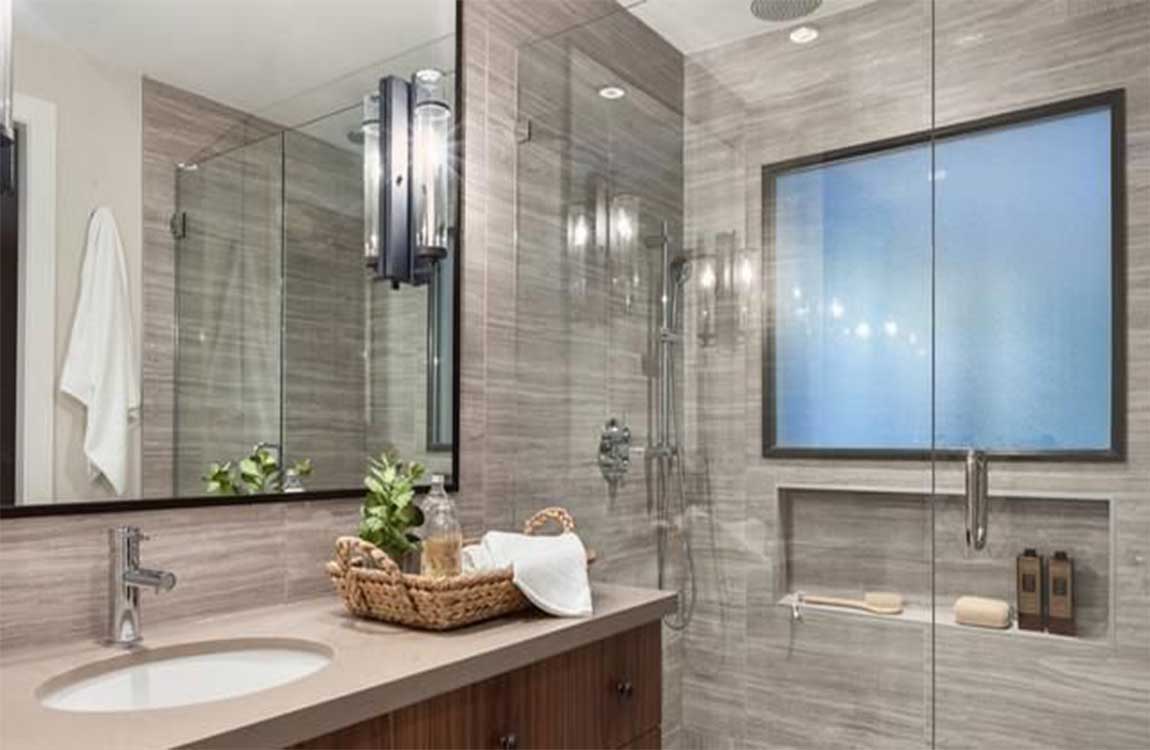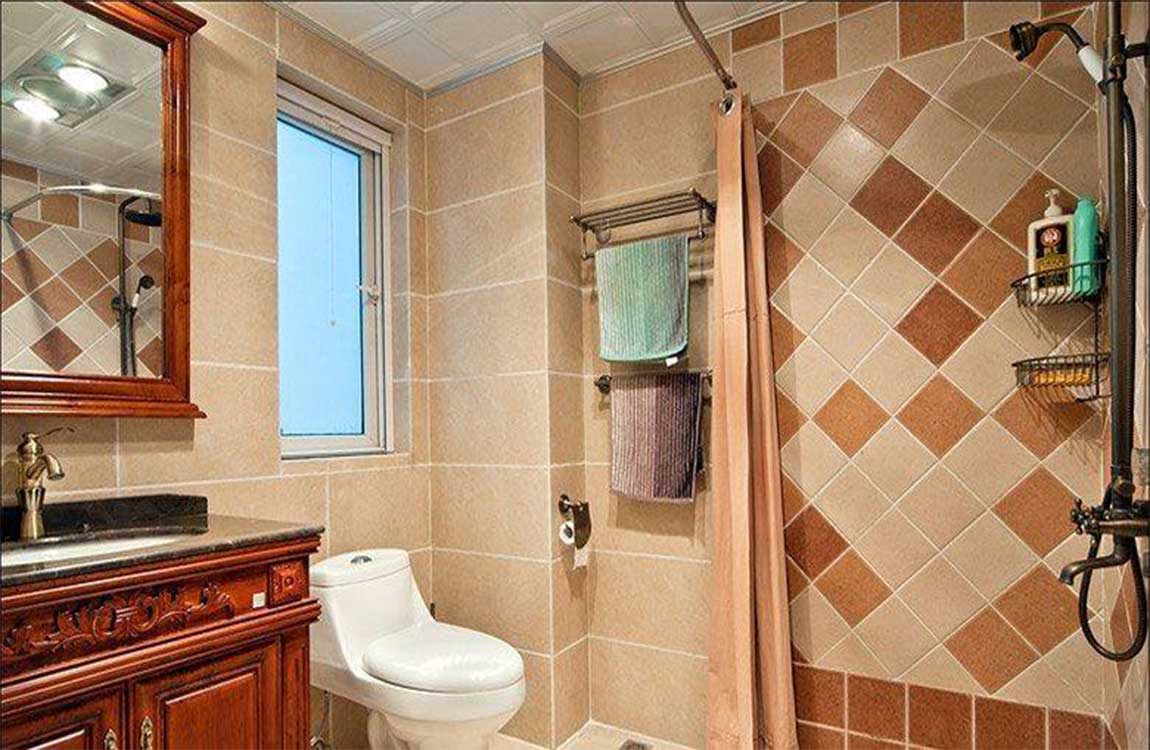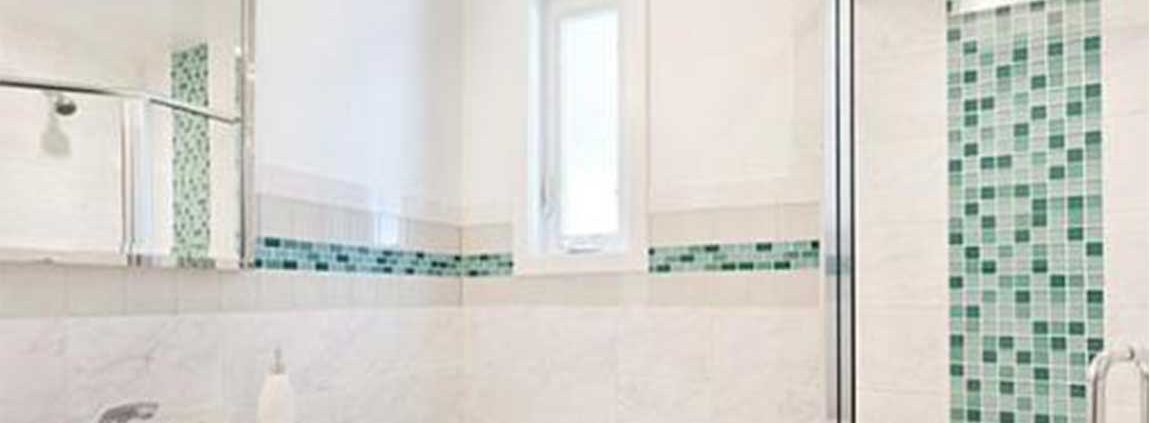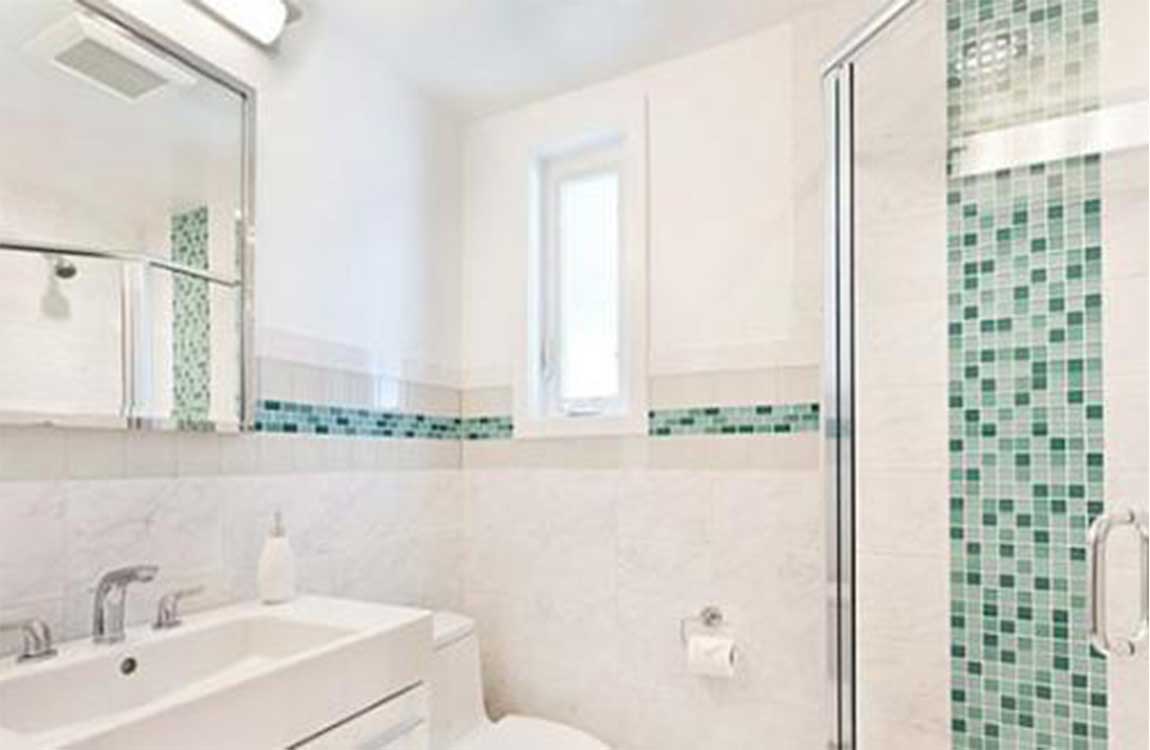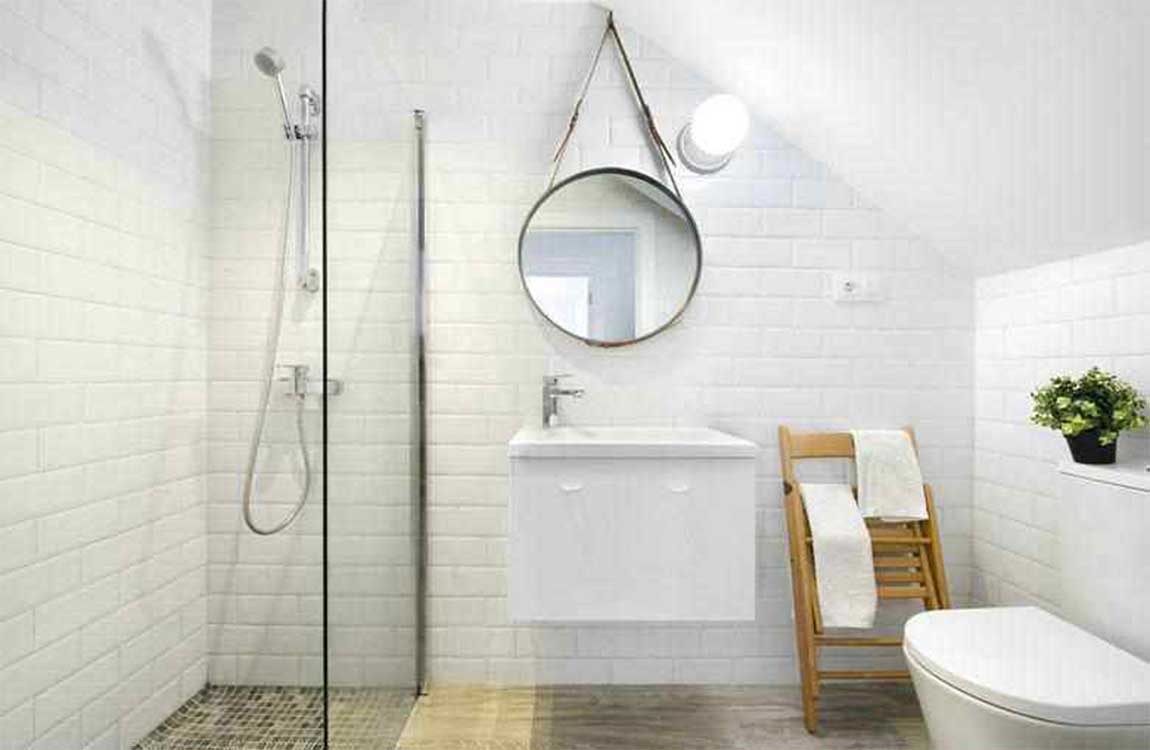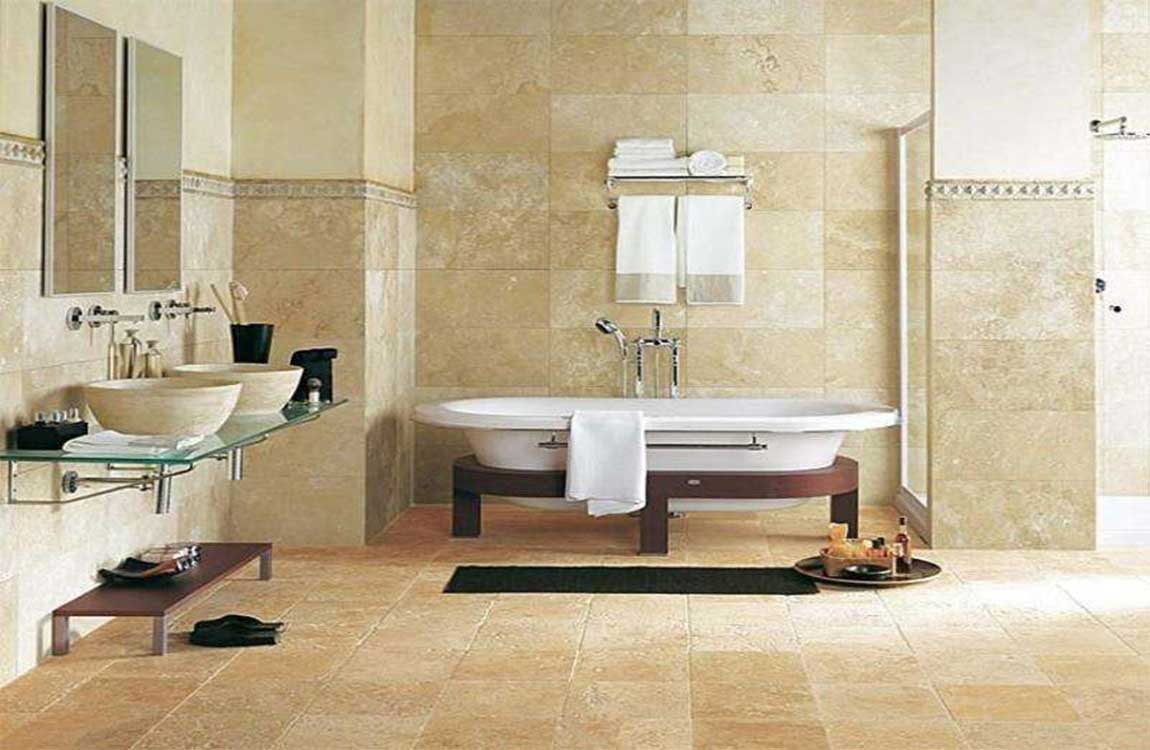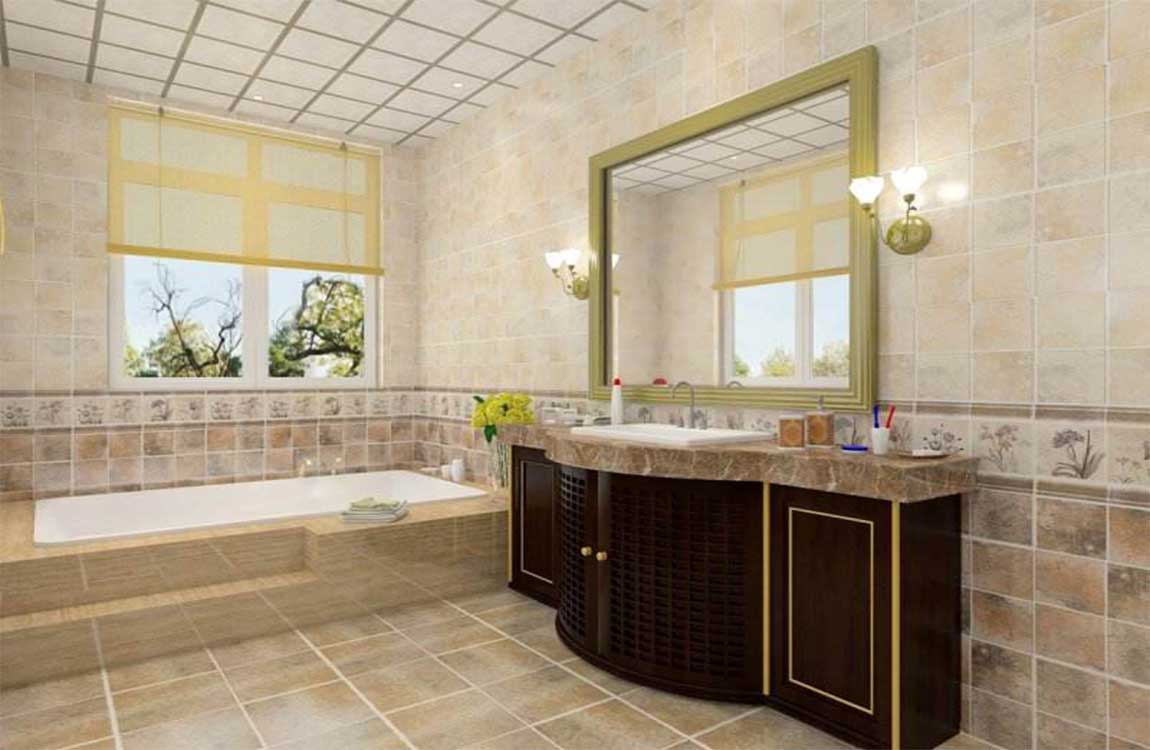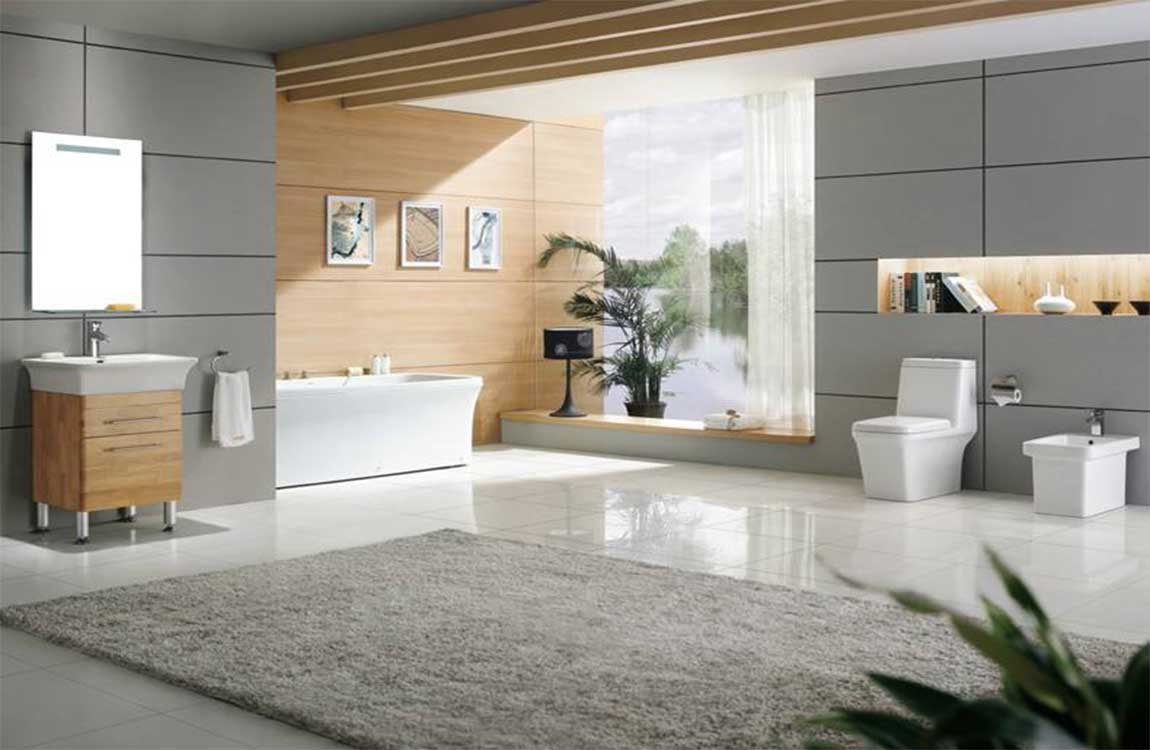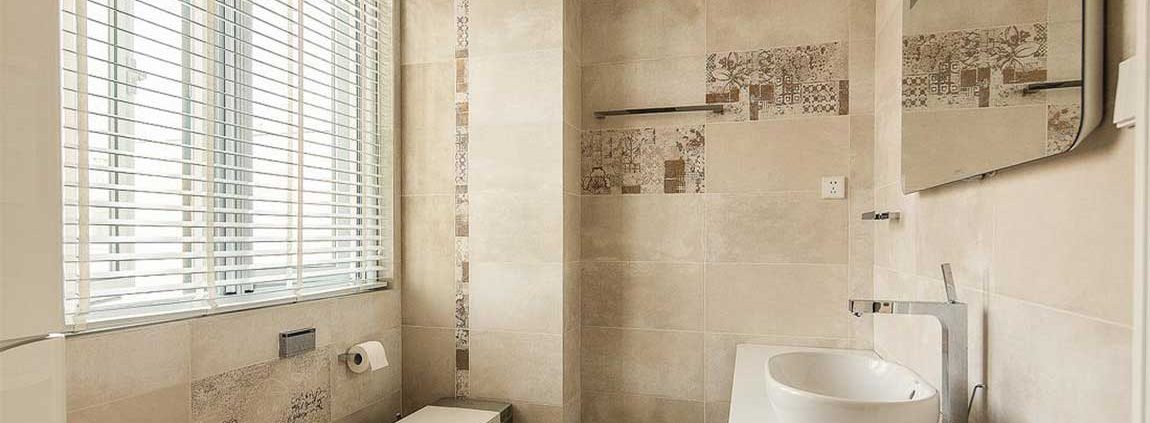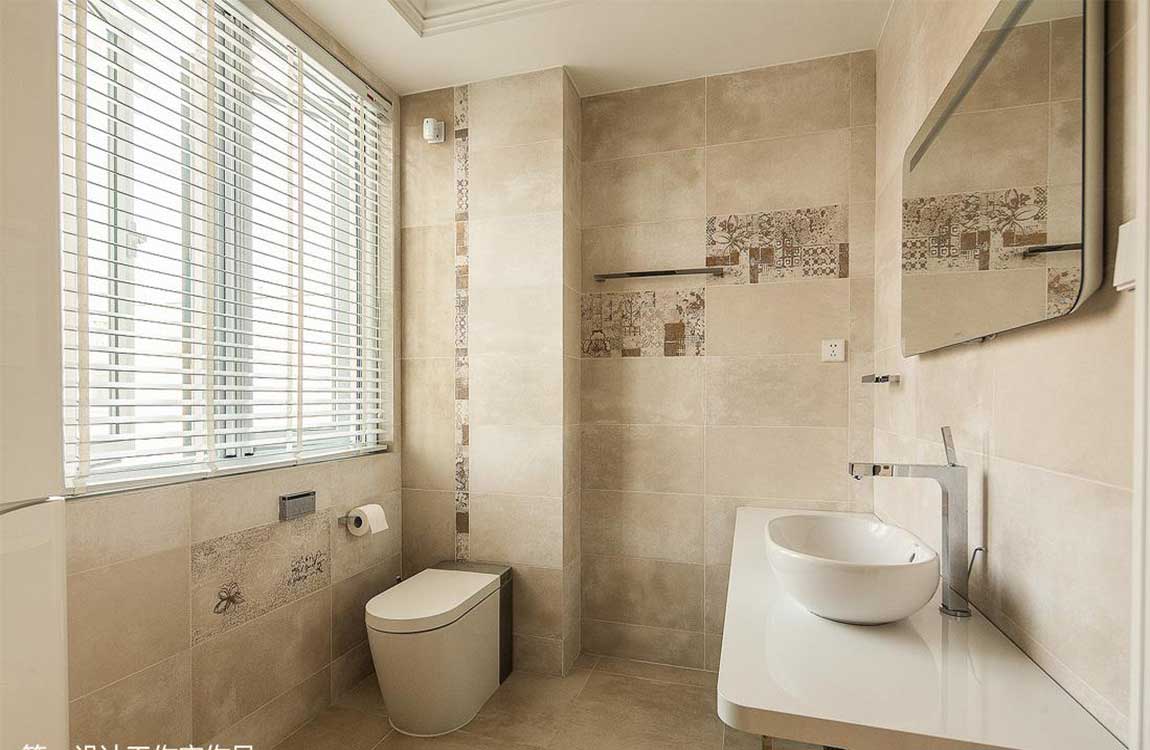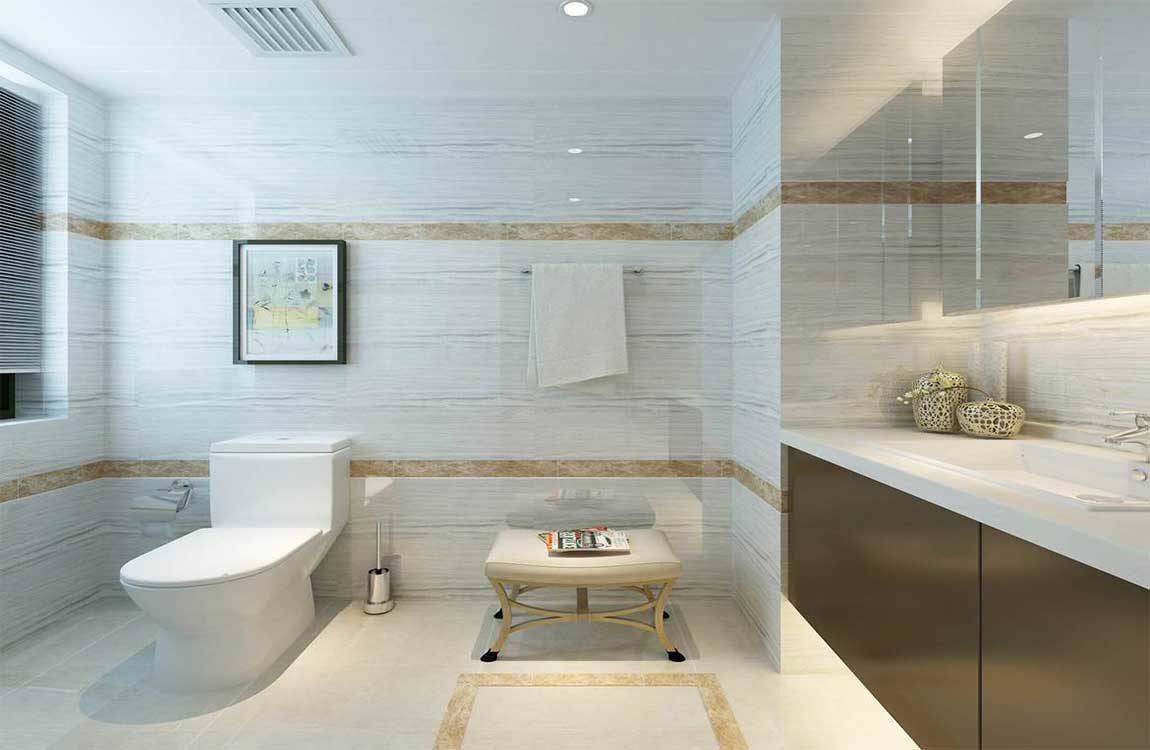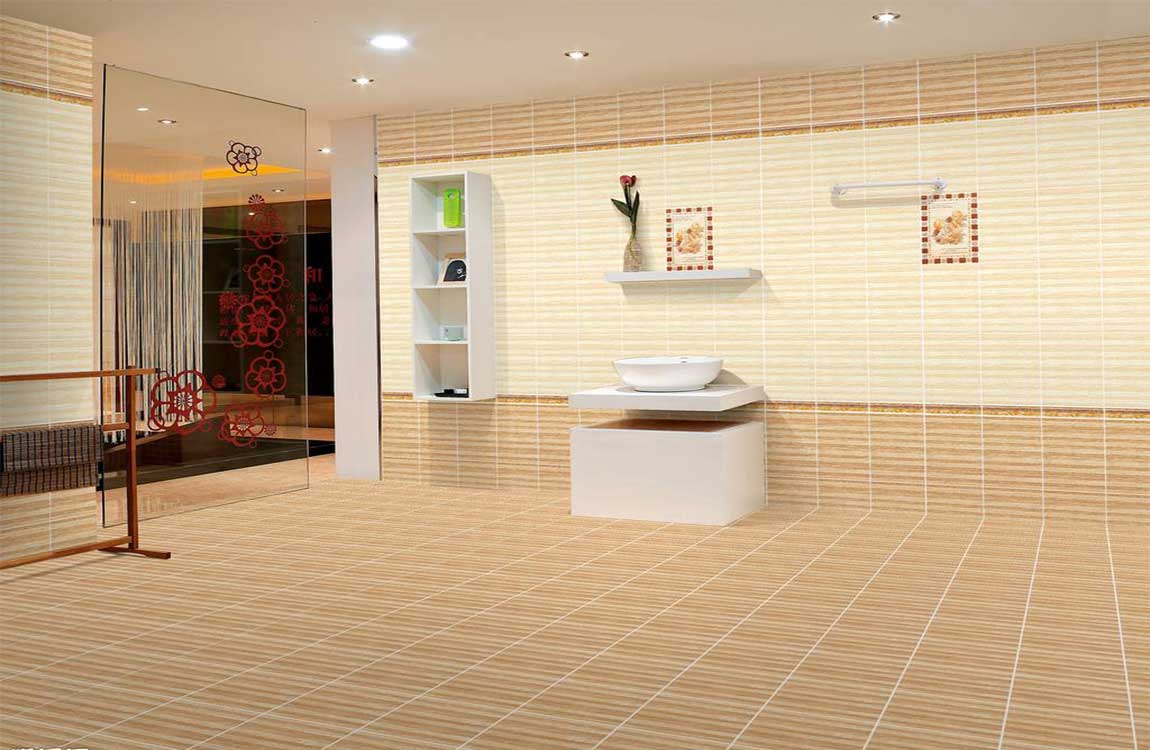How to Polish Tile Floors?
A well-polished tile floor can make a room feel clean and inviting. Whether you have ceramic, vinyl, stone, or any other type of tile flooring, giving your tile a shiny luster doesn’t have to be difficult, time-consuming, or costly. The keys to a polished tile floor are a clean and well-buffed surface and regular maintenance.
Dirty and discolored grout will stand out once you’ve finished polishing the tile, so it’s best to clean it well before you clean the rest of the floor. You may need to put in a little elbow grease and get down on your knees to scrub the grout well. Treat very dirty grout before you start scrubbing. Sprinkle baking soda over the grout, then spray vinegar onto it. Leave it to sit for 5 minutes before you start scrubbing.
If you have a lot of grout, it’s best to use a grout brush because it will be more efficient than a toothbrush. You can buy a grout brush for a few dollars at most department stores or online. Don’t scrub the grout so hard that it starts to flake or chip off! Use a mop to clean the whole tile floor. It’s important that you clean the tile floor well before you begin to polish it. Because you’re not using chemical soap, you don’t need to mix or slosh the water to create suds.
Dip your mop into the vinegar solution, wring out any excess water, and mop the floor in broad strokes. Work your way from one end of the room to the other, taking care not to miss any spots on the tile floor. Don’t forget any corners, cabinets or pantries. Apply club soda to remove any built up floor wax. Club soda is an excellent natural and environmentally-friendly wax-stripping alternative.
Fill a clean bucket with only club soda and scrub your tile with a brush to remove old wax. Then use clean water to mop up any residue and allow the tile floor to fully dry. For a stubborn wax buildup, you can let the club soda sit for a few minutes before you scrub it.


